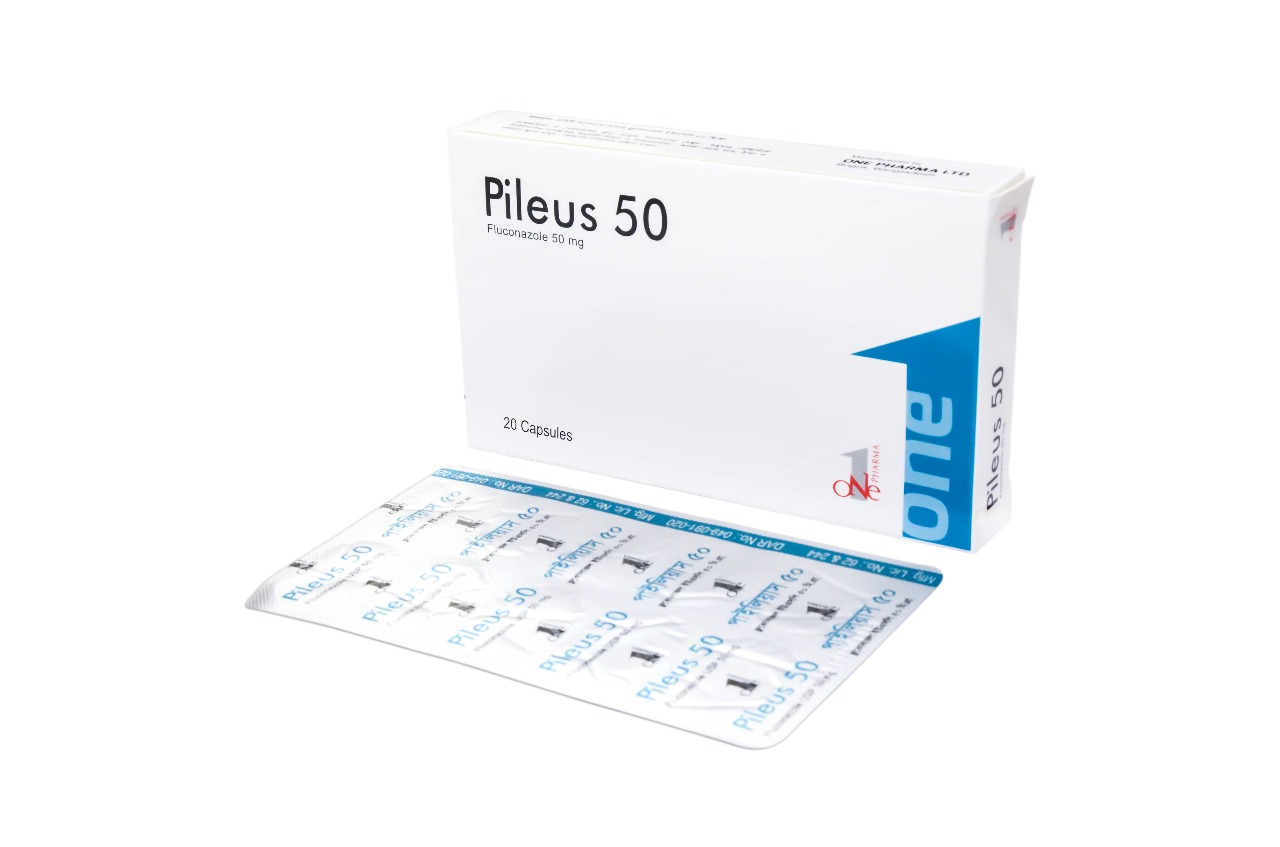

Fluconazole is a synthetic triazole antifungal drug that inhibits the biosynthesis of ergosterol, a major component of the cell membrane of yeast and fungal cells, leading to abnormalities in membrane permeabilities, inhibition of growth, abnormal cell wall formation and accumulation of intracellular lipids and membranous vesicles. It is active against a broad spectrum of yeast and other fungal pathogens. Following oral administration, absorption is rapid with > 90% of the dose being absorbed. Bioavailability is the same whether taken during fasting or with food, as the pharmacokinetics of Fluconazole is relatively insensitive to physiological changes in the GIT. Unlike other azole drugs, the bioavailability of Fluconazole is unaffected by gastric pH so it can be given during treatment with antiulcer drugs including PPI. 80% of a dose of Fluconazole is excreted unchanged and 11% is excreted as inactive metabolites in the urine, presumably as a result of metabolism in the liver. A further 2% of a dose is recovered unchanged in the feces, and the fate of the remaining is unknown.